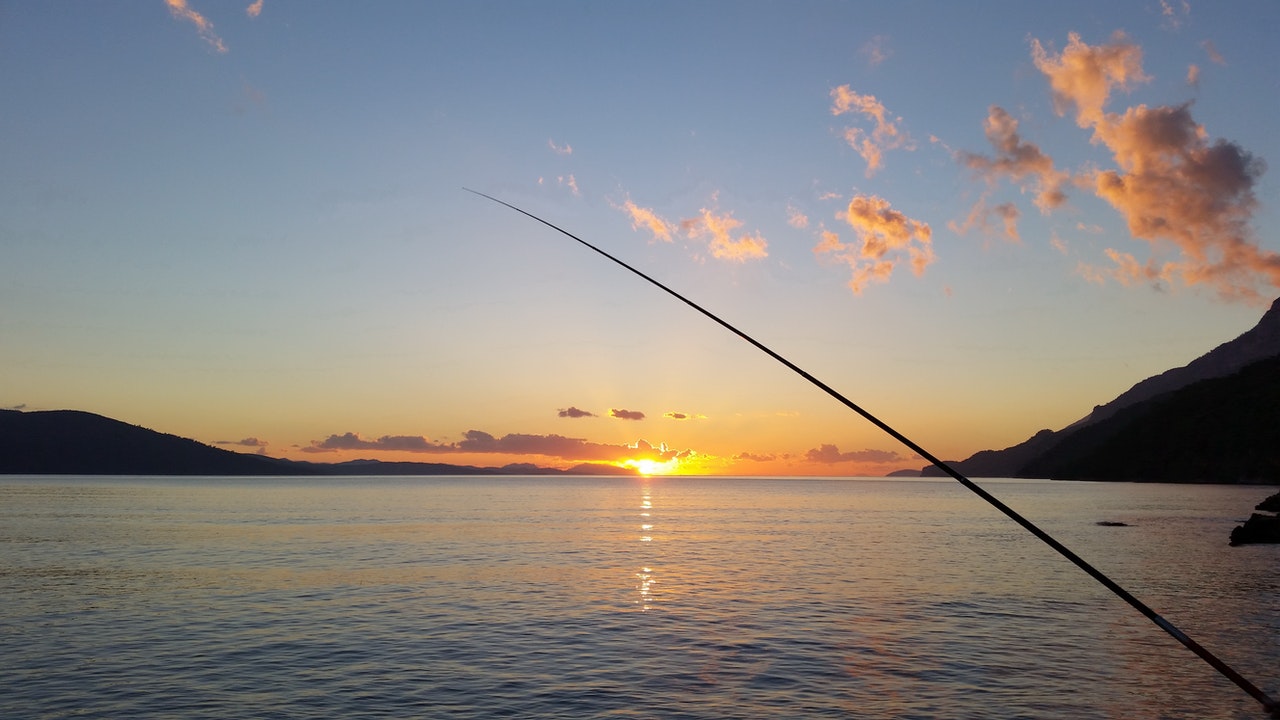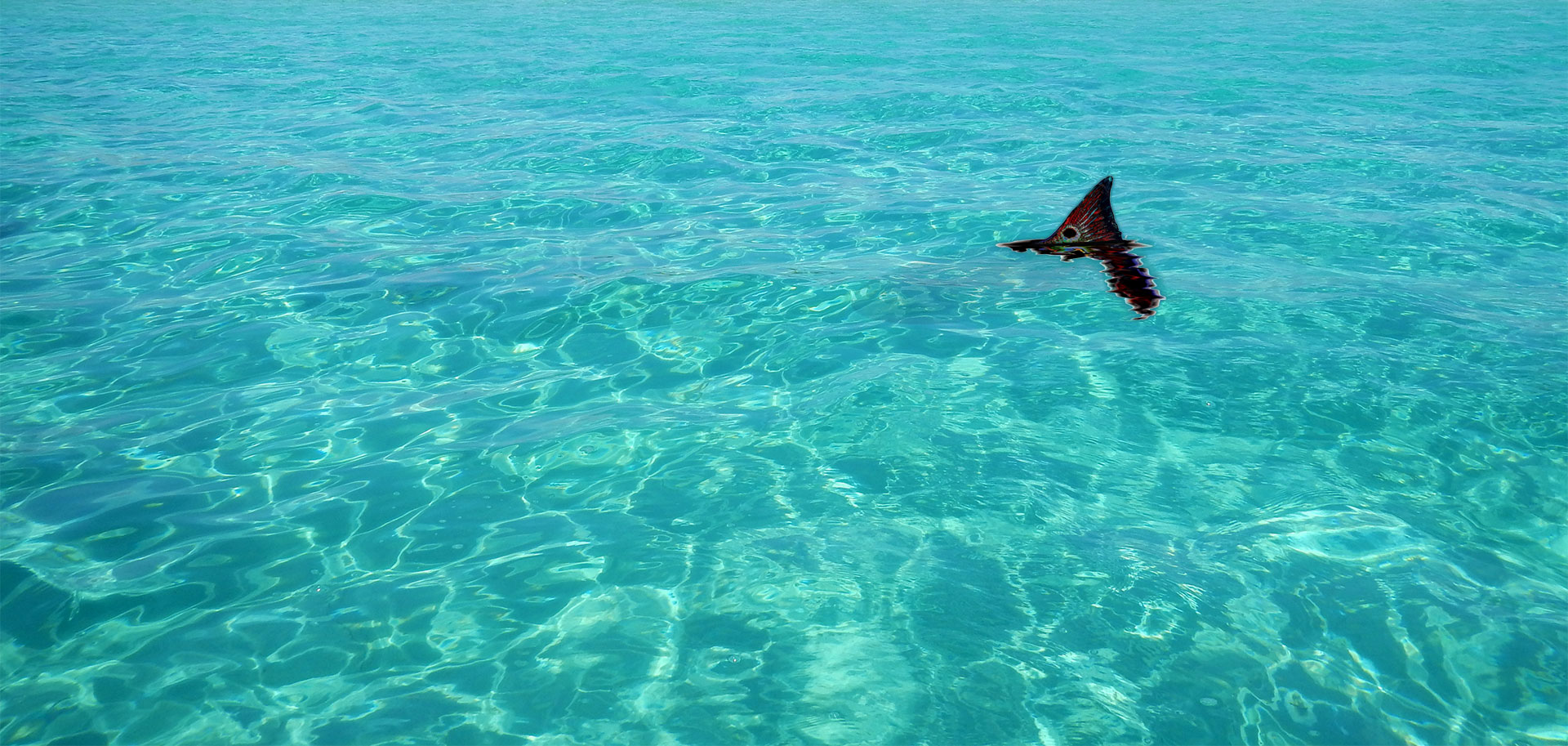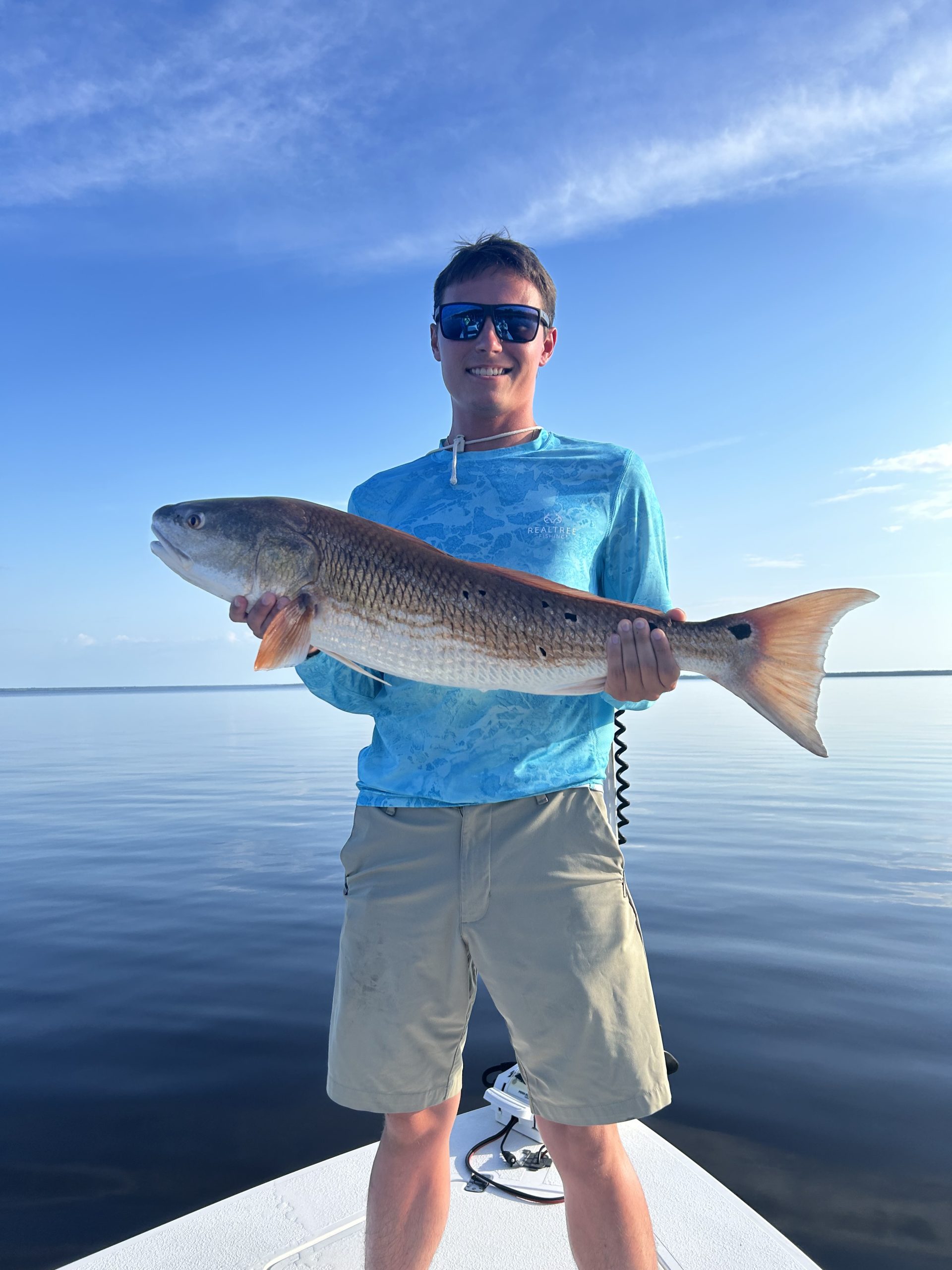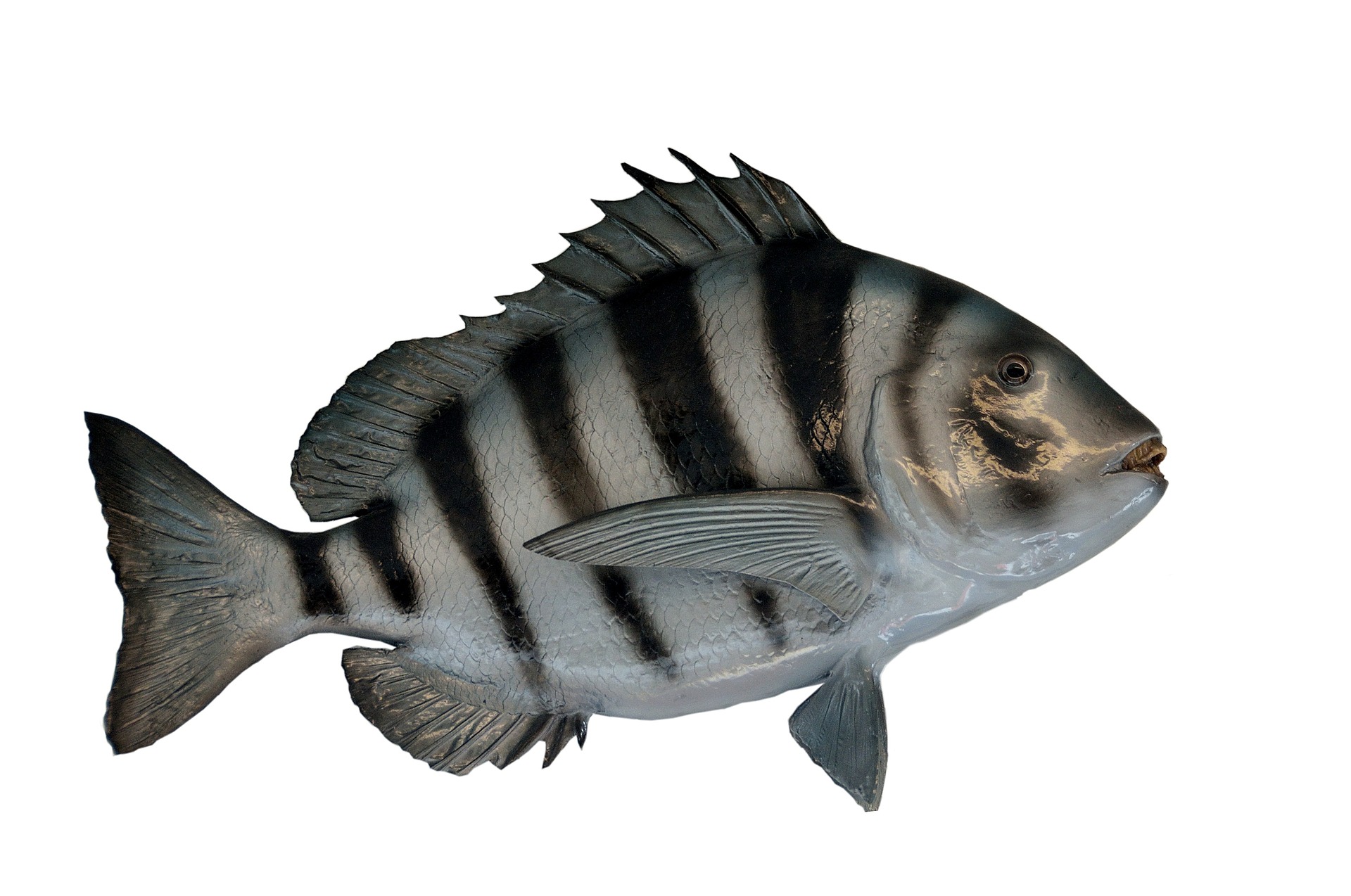
5 Best Practices in Fishing for Florida Pompano Successfully
Florida is not only home to the best beaches in the world but also a safe space for marine life. The Florida pompano, Trachinotus carolinus, is a medium-sized silverfish with a dark bluish-gray back and yellowish-orange sides. Its common name comes from the uniquely shaped dorsal fin, concave in the front and convex in the rear.
They may be found in the surf zone in shallow water but are commonly found only a short distance into the inlet, where they follow the shoreline. Pompanos are primarily bottom feeders and feed on smaller fish, crabs, shrimp, and mollusks. But how do anglers catch them? Here are some ideas to conclude a successful catch.
1. Use Shrimp as Bait
The best method is to use live shrimp as bait. Shrimps are tasty to pompano, and pompano like them. Pompano is a very active shallow-water feeder, often approaching the surface, putting themselves in a prime position to be caught on shrimp. Shrimp and other crustaceans such as crabs and squid are the primary food source for pompano. Dead shrimp, cut or whole, will attract them and make them bite.
2. Cast Bucktail or Nylon-Haired Jigs
Anglers also use bucktail jigs, also known as bucktail butterflies. They are a simple yet effective way to catch pompano. On the other hand, you can also use a weighted hair jig on a 1/0 or 2/0 Mustad circle hook. Let the jig sit on the bottom for a while, and then slowly lift the rod to make the jig rise to the lure, making the jig look alive. It will attract the pompano in the area, making it easier to catch them.
3. Fish with Longer Rods
Pompano is typically caught with longer rods so that the anglers can cast the bucktails and jigs farther. It is also easier to throw a bigger bait for pompano to bite. They like big meals, and it is hard to find the right size to attract their attention.
The longer the rod is, the better. Pompano is fast, and they can outrun smaller rods. Anglers can use long rods to increase the distance between the angler and the fish, making it easier to catch them. The baitfish is also more visible to the angler.
4. Look for Deeper Sea Areas
Pompano may thrive closer to the shore, but you can also catch them in the deeper sea areas. If you see one in an area, you will find more in the area. If you are going to fish for pompano, you need to look for deeper sea areas.
Pompano is commonly found in deeper areas as well as in shallow waters. Anglers should start looking for deeper spots to catch pompano. The silvery color is visible in deeper waters, and pompano will have an easier time finding food in deeper waters.
5. Fish Where Their Food Is
The pompano also eats small fish that live in the inlets and the surf zone where they’re found. If you see small fish in an area, there are likely other fish in the area, such as the pompano. The majority of pompano’s diet is composed of small fish found in the surf zone and the shallow regions. Anglers should focus on finding small fish, as this is where the pompano is more likely to be found. Once you find small fish in an area, you can then set your focus on the pompano.
Conclusion
The Florida pompano is one of the most sought-after fish in the inlet and nearshore waters. It is a common target for anglers, especially in the spring season. The fish is easy to catch, and it can make a difference if you know where to look for them.
Showintail Inshore Charters offers fishing charters in Pensacola. We provide the best deep-sea fishing experience in the area by booking one of our fishing packages. Choose between 6-hour or 4-hour fishing trips, including up to three people with you. For non-fishers, try the Sunset Charter—a non-fishing trip to enjoy the beautiful sunset on the water—by booking your trip on our website today.






No Comments
Sorry, the comment form is closed at this time.